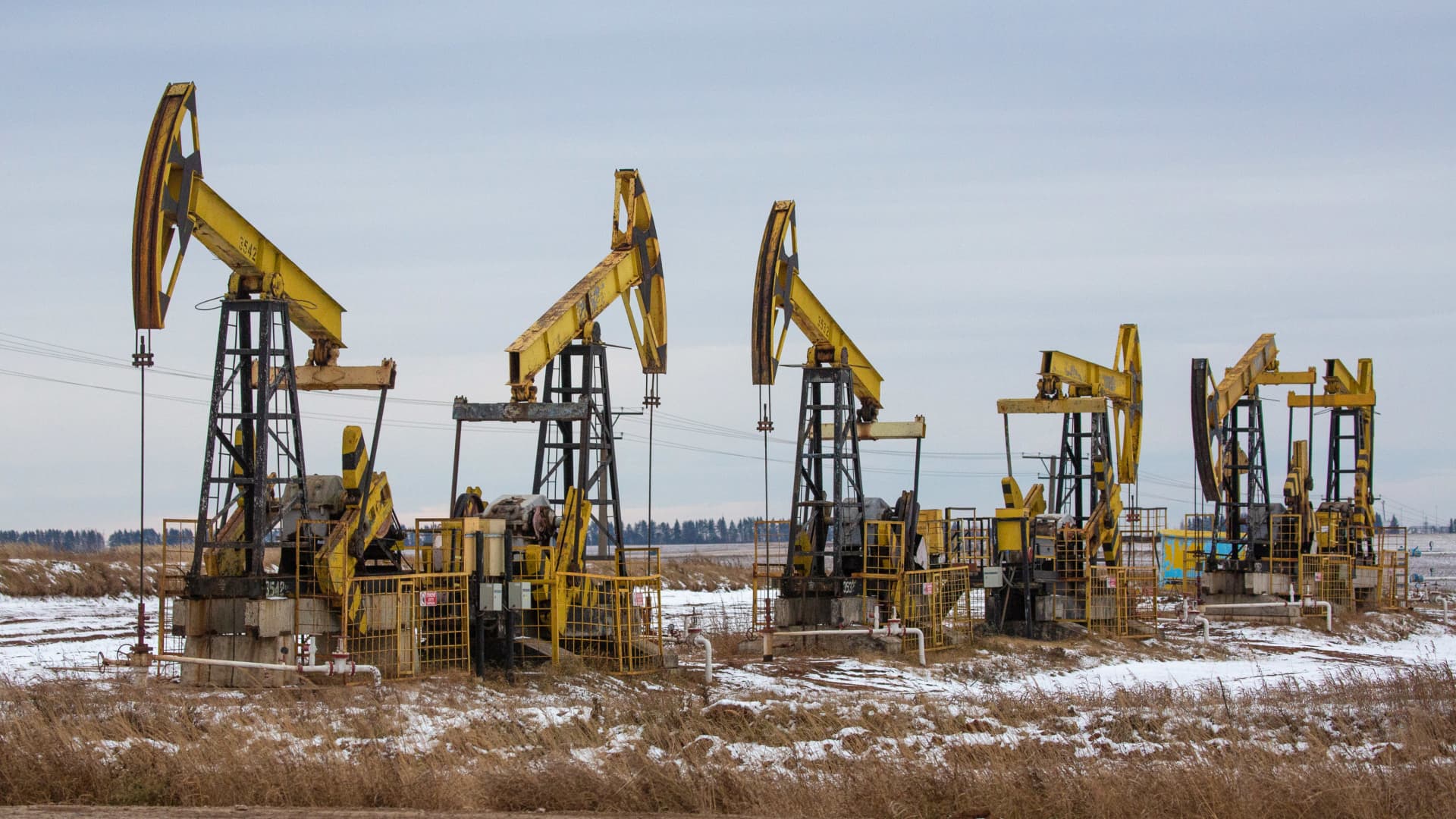The Group of Seven wealthy nations on Friday agreed on a plan to implement a price-capping mechanism on Russian oil exports, seeking to curtail the Kremlin’s ability to fund its war in Ukraine and better protect consumers amid soaring energy prices.
Finance ministers representing the G-7 nations said in a joint statement they recognized that, for the European Union, unanimity among the 27-nation bloc is required.
“We aim to align implementation with the timeline of related measures within the EU´s sixth sanctions package,” they said.
The initial price cap would be set “at a level based on a range of technical inputs.”
The statement from the G-7 added that the price cap’s effectiveness and impact would be closely monitored and revisited as necessary. The G-7 is comprised of the U.S., Canada, France, Germany, Italy, the U.K. and Japan.
Ahead of the announcement, Moscow warned it would stop selling oil to countries that impose price caps on Russian energy exports and said the imposition of a limit on the country’s crude would lead to the significant destabilization of the global oil market.
The G-7 first agreed to explore the prospect of imposing a ban on shipments of Russian oil above a certain price in June.
Energy analysts have been highly skeptical about the integrity of the proposal, however, warning the policy could backfire if key consumers such as China and India are not involved.
Oil prices were higher on the news. International benchmark Brent crude futures traded up 2.7% at $94.89 a barrel on Friday afternoon in London, while U.S. West Texas Intermediate futures rose 2.8% to trade at $89.10.
The G-7 price cap on Russian oil comes as Western economic powers seek to deplete Russia’s war chest.
Data from the International Energy Agency showed Russian oil exports in June fell by 250,000 barrels per day month on month to 7.4 million barrels per day, its lowest level since August last year.
The Kremlin’s export revenues still surged by $700 million month on month, however. The IEA said higher oil prices helped Russia’s crude export revenues reach $20.4 billion, reflecting a 40% jump above last year’s average.
